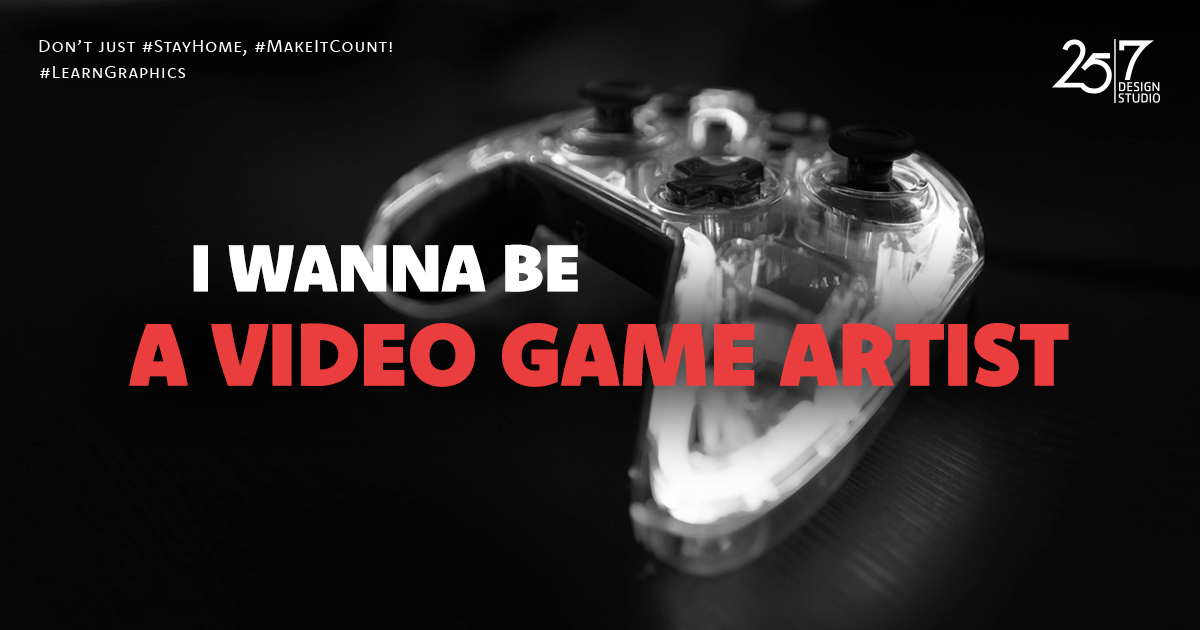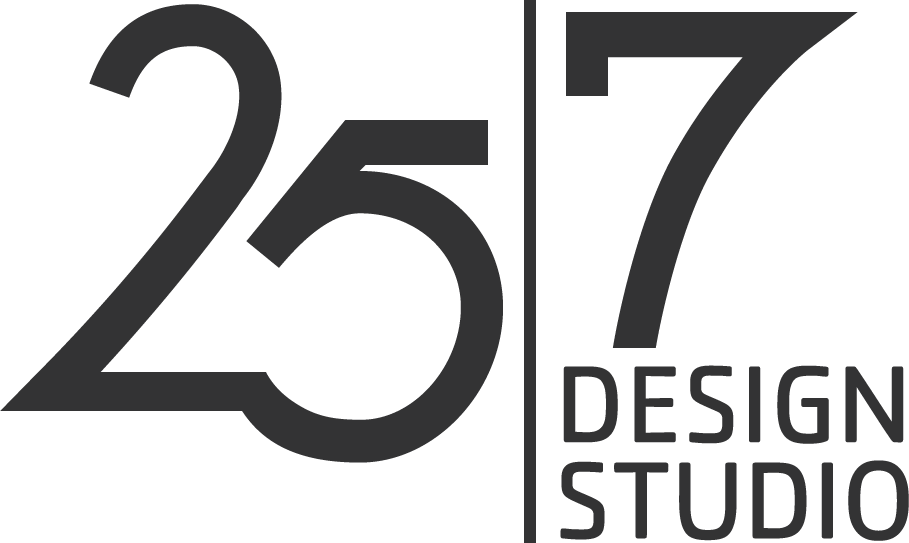I Wanna Be A Video Game Artist

What Makes a Video Game Artist?
Well, that depends on a handful of things. A few years ago, I would have started with looking at two different directions, depending on how many dimensions your artwork was visible in. Nowadays however, most everyone needs (at least some kind of) 3D expertise to be able to get a job in the industry. So let’s try to identify the two main directions based on your primary goals.
Primary Goals
The biggest difference lies at a fundamental decision. Building a hardcore career is one path, doing small-scale but very creative work is another. Of course it doesn’t mean that there are no overlapping areas. You can pursue a successful career doing small-scale projects, and you can be very creative while working for industry giants. The first one mainly requires luck. The second one mainly requires determination and excellence. And luck. Okay, so what do I mean?
If you’re aiming to become a lead artist on AAA projects that everyone’s in love with (let’s say, Horizon: Zero Dawn, the God of War reboot, or your favourite commercially successful and critically acclaimed game), then at the beginning, you’ll need good education, and maybe an internship. Then a junior employment at a big company that lets you learn, gain experience, and advance your career further. Once you’re in the industry (and your name is in the credits of at least one shipped game that did not bomb), a lot of doors open, and you can start navigating strategically. By the time you reach your established senior status, you’ll get the chance to pick projects that provide you with the creative, artistic, and professional challenge that you’ve been seeking ever since you decided to become a video game artist.
The Path of the Hardcore Careerist
The pros: you’re going to work together with a team of like-minded artists, with similar goals and passion for the job. You probably will receive some form of training from the company, and you’ll have the option to ask the seasoned artists for guidance. You will have access to top-notch tools and learn the latest methods as they are being developed. You will advance your career quite quickly, your salary will rise with time, and your CV will look very impressive.
The cons: you will be forced to specialise (this isn’t a con for everyone, though), and you will have very limited creative freedom. You will probably be expected to crunch a lot. You will have to build most of your portfolio out of work, in your free time, because most companies will only let you showcase your work a long time after the game has shipped, so it will not be relevant any more. If you want to work on the best projects (and you’re good enough), you will have to be prepared to change countries every now and then. So, you can have a private life, but it will take a lot of tough compromise.
The Path of the Small-Scale Creative
The pros: it’s easier to get a satisfying job at smaller studios. You will face a variety of artistic and technical challenges. You will be expected to overcome obstacles, and find solutions without much help. If you can keep up, it will boost your expertise and your professional confidence. You will less likely bump into indestructable walls every time you want to put something you made in your personal portfolio. Instead of being one of many, you will work as part of a small team. Facing tasks with more variety, and being responsible for more decisions will keep you interested.
The cons: with smaller projects comes smaller money. The tools you’ll have will be just enough, not optimal. Your job will be similarly project-based as the hardcore careerist’s, but it will be harder to jump from company to company after every project. The agencies will not let you apply for the best companies because you won’t have “the required experience”, or a recently shipped AAA title in your CV. Your training will be on you (and it isn’t cheap). If the game you worked on fails, you will feel the consequences much more. And you will be expected to crunch just as much.
Still Wanna Be a Video Game Artist?
Great! Don’t let people (like my evil twin, who wrote the “cons” sections) turn you down! Just know, that either path you may choose, it all starts with good education. And by good education, I mean, contrary to popular belief, one cannot learn everything from YouTube. There is a difference between tutoring and tutorials. Tutoring helps you discover your own style, develop your skills by providing personal feedback, and teaches you the why behind the how. Tutorials are wonderful things, but they’re impersonal, and often show you a process without thoroughly explaining what’s behind it.
Then there’s, of course, university education, which may be free or very expensive, depending on where you are. One prominent example is the Creative Media and Game Technologies course at the Breda University of Applied Sciences, in the Netherlands. But one must look thoroughly before choosing a university; when I did my research on university curricula, I found that even some famous universities teach rather outdated techniques, especially when it comes to 3D graphics. University courses seem attractive because of the degree they provide, although a degree is far less important in the industry than a good portfolio.
The best schools one can choose are highly specialised (and equally priced), like The Gnomon School of Visual Effects, Games & Animation in Hollywood, California. That is why 25/7 aims to compete with the university curriculum combined with the practicality and contemporaneity of the specialised schools, offering a highly personalised tutoring experience, that can be taken while keeping a full-time job.
Let me invite you to check out our 3D Masterclass. Feel free to read the thematics of every course we’re offering, and if you have any questions, do contact us. We’re happy to help.

